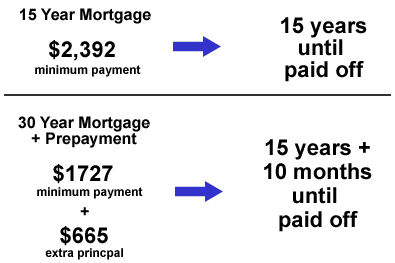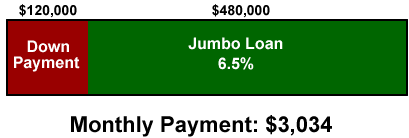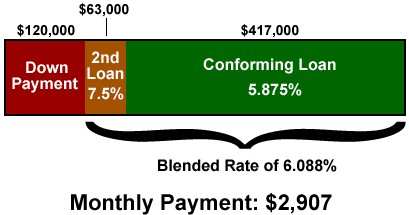 With the explosion of sites like Flickr, it seems like everyone is an amateur photography nut. I know I’ve talked about getting a SLR and taking a photography classes for oh… a decade?! Well, why not partake in a free online photography class this weekend. Photography 101: 12 Weeks To Better Photos includes everything from a course outline, weekly handouts, “homework” challenges, and a discussion group. I think they are currently in Week 6, although you can still jump in:
With the explosion of sites like Flickr, it seems like everyone is an amateur photography nut. I know I’ve talked about getting a SLR and taking a photography classes for oh… a decade?! Well, why not partake in a free online photography class this weekend. Photography 101: 12 Weeks To Better Photos includes everything from a course outline, weekly handouts, “homework” challenges, and a discussion group. I think they are currently in Week 6, although you can still jump in:
Course Outline
Week 1: Aperture Basic Training
Week 2: Advanced Aperture
Week 3: Light
Week 4: Flash
Week 5: Composition & Framing
Week 6: Shooting Indoors
Week 7: Shooting Outdoors
Week 8: On the Go
Week 9: Portraits
Week 10: Landscapes
Week 11: Your Daily Environment
Week 12: Lenses, Filters & Accessories
My current camera is the Canon Powershot S2. It’s not quite a digital SLR and is already a few generations behind with the S5 out now, but it has 12x zoom and plenty of buttons that just plain scare me. Now to find out what happens when I take it off the Auto mode…
Class info found via The Scottish Lamb.
 It’s mid-February. Some of you early-birds may be wondering where some of your 1099s are by now. By law, they are usually required be sent out by January 31st. However, many brokerages have asked the IRS for a 30-day extension, and they have been granted rather willingly. This includes or has included everyone from small companies like
It’s mid-February. Some of you early-birds may be wondering where some of your 1099s are by now. By law, they are usually required be sent out by January 31st. However, many brokerages have asked the IRS for a 30-day extension, and they have been granted rather willingly. This includes or has included everyone from small companies like 

 Vanguard
Vanguard T. Rowe Price
T. Rowe Price Zecco Trading
Zecco Trading A few years ago I managed to nab a used Wenger Swiss Army watch off of eBay for $35. I really liked the watch since it was classic but not flashy (shown to the right) – and it didn’t hurt that it retailed for over $200! Recently it abruptly stopped working, and so I brought it in for a battery replacement. Unfortunately, it turned out the entire mechanism was burnt out and it would cost $50 to replace. Pay $50 to fix a $35 watch? Nah, I’d see what else was out there. I was actually considering buying a similar watch from Costco for $150 before I caught myself. I was being fooled by the sunken-cost fallacy!
A few years ago I managed to nab a used Wenger Swiss Army watch off of eBay for $35. I really liked the watch since it was classic but not flashy (shown to the right) – and it didn’t hurt that it retailed for over $200! Recently it abruptly stopped working, and so I brought it in for a battery replacement. Unfortunately, it turned out the entire mechanism was burnt out and it would cost $50 to replace. Pay $50 to fix a $35 watch? Nah, I’d see what else was out there. I was actually considering buying a similar watch from Costco for $150 before I caught myself. I was being fooled by the sunken-cost fallacy!


 Before shopping for rates, we had to figure out what kind of mortgage loan we were going to get. The first decision was between a fixed-rate or an adjustable-rate mortgage. Quickly, here are some very general definitions:
Before shopping for rates, we had to figure out what kind of mortgage loan we were going to get. The first decision was between a fixed-rate or an adjustable-rate mortgage. Quickly, here are some very general definitions: The Best Credit Card Bonus Offers – March 2024
The Best Credit Card Bonus Offers – March 2024 Big List of Free Stocks from Brokerage Apps
Big List of Free Stocks from Brokerage Apps Best Interest Rates on Cash - March 2024
Best Interest Rates on Cash - March 2024 Free Credit Scores x 3 + Free Credit Monitoring
Free Credit Scores x 3 + Free Credit Monitoring Best No Fee 0% APR Balance Transfer Offers
Best No Fee 0% APR Balance Transfer Offers Little-Known Cellular Data Plans That Can Save Big Money
Little-Known Cellular Data Plans That Can Save Big Money How To Haggle Your Cable or Direct TV Bill
How To Haggle Your Cable or Direct TV Bill Big List of Free Consumer Data Reports (Credit, Rent, Work)
Big List of Free Consumer Data Reports (Credit, Rent, Work)